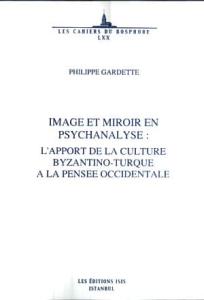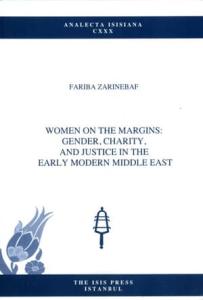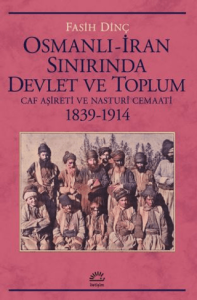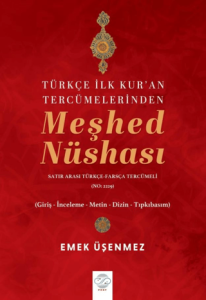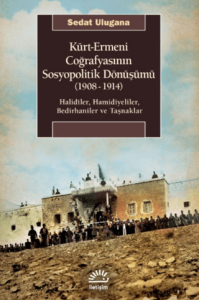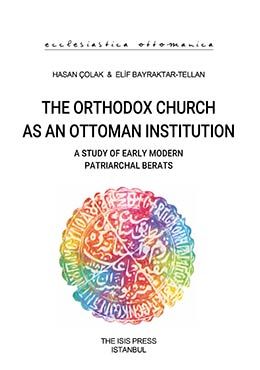
ECCLESIASTICA OTTOMANICA I
390 s, İngilizce.
Controlling substantial territories in the Middle East, Eastern Europe and North Africa for several centuries, the Ottoman Empire constituted animportant place in the history of many Christian communities and theirChurches. Some fundamental transformations in these Churches and theirconnections with the outside world can be better understood when the inner-workings of the Empire are also taken into account. Likewise, due attention tothe inner dynamics of the Christian communities in its territories can make possible a more realistic perception of the Ottoman Empire. Overall, the studyof the Churches in the Ottoman Empire offers a clearer insight into theinteraction between state and religion as a whole. Ecclesiastica Ottomanica is a forum for studies dealing with the history of theChurches and Christian communities in the Ottoman Empire as part of thelarger Ottoman world alongside their connections with the outside world. It publishes monographs, edited volumes, and critical editions of primarysources. The series welcomes contributions beyond the confines of grandtheories such as dhimmitude and the millet system, and of traditional binariessuch as toleration and persecution. It has a cross-disciplinary perspectiveinvolving the fields of Ottoman history, Middle Eastern studies, Balkanstudies, African studies, religious studies, church history, missiology, thehistory of interactions, connected history, and diaspora studies.
PREFACE
EDITORIAL NOTE
INTRODUCTION
PUBLISHED BERATS
LIST OF DOCUMENTS
TRANSLITERATIONS
TRANSLATIONS
FACSIMILES
GLOSSARY
BIBLIOGRAPHY
INDEX
ECCLESIASTICA OTTOMANICA I
390 s, İngilizce.
Controlling substantial territories in the Middle East, Eastern Europe and North Africa for several centuries, the Ottoman Empire constituted animportant place in the history of many Christian communities and theirChurches. Some fundamental transformations in these Churches and theirconnections with the outside world can be better understood when the inner-workings of the Empire are also taken into account. Likewise, due attention tothe inner dynamics of the Christian communities in its territories can make possible a more realistic perception of the Ottoman Empire. Overall, the studyof the Churches in the Ottoman Empire offers a clearer insight into theinteraction between state and religion as a whole. Ecclesiastica Ottomanica is a forum for studies dealing with the history of theChurches and Christian communities in the Ottoman Empire as part of thelarger Ottoman world alongside their connections with the outside world. It publishes monographs, edited volumes, and critical editions of primarysources. The series welcomes contributions beyond the confines of grandtheories such as dhimmitude and the millet system, and of traditional binariessuch as toleration and persecution. It has a cross-disciplinary perspectiveinvolving the fields of Ottoman history, Middle Eastern studies, Balkanstudies, African studies, religious studies, church history, missiology, thehistory of interactions, connected history, and diaspora studies.
PREFACE
EDITORIAL NOTE
INTRODUCTION
PUBLISHED BERATS
LIST OF DOCUMENTS
TRANSLITERATIONS
TRANSLATIONS
FACSIMILES
GLOSSARY
BIBLIOGRAPHY
INDEX


